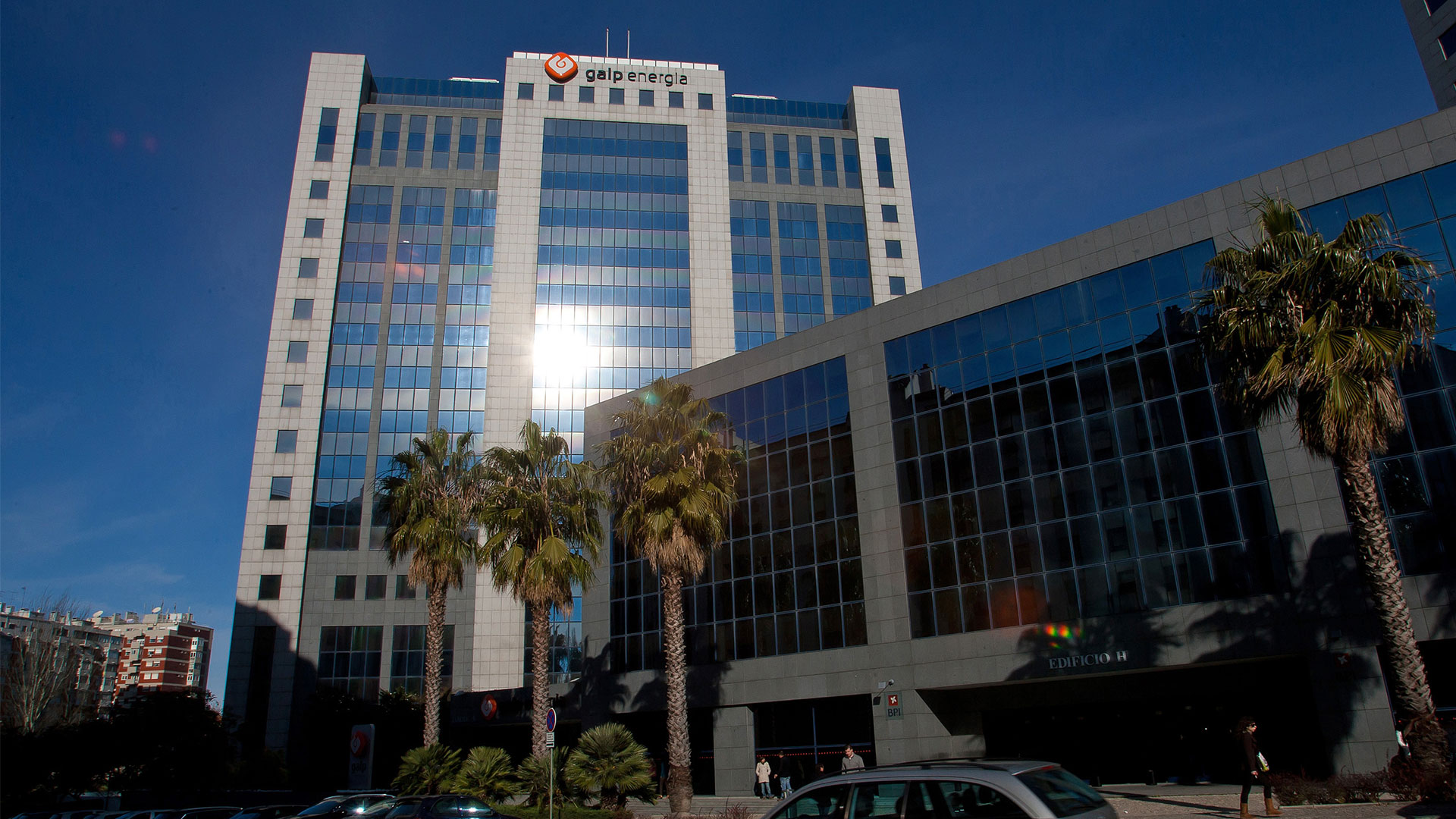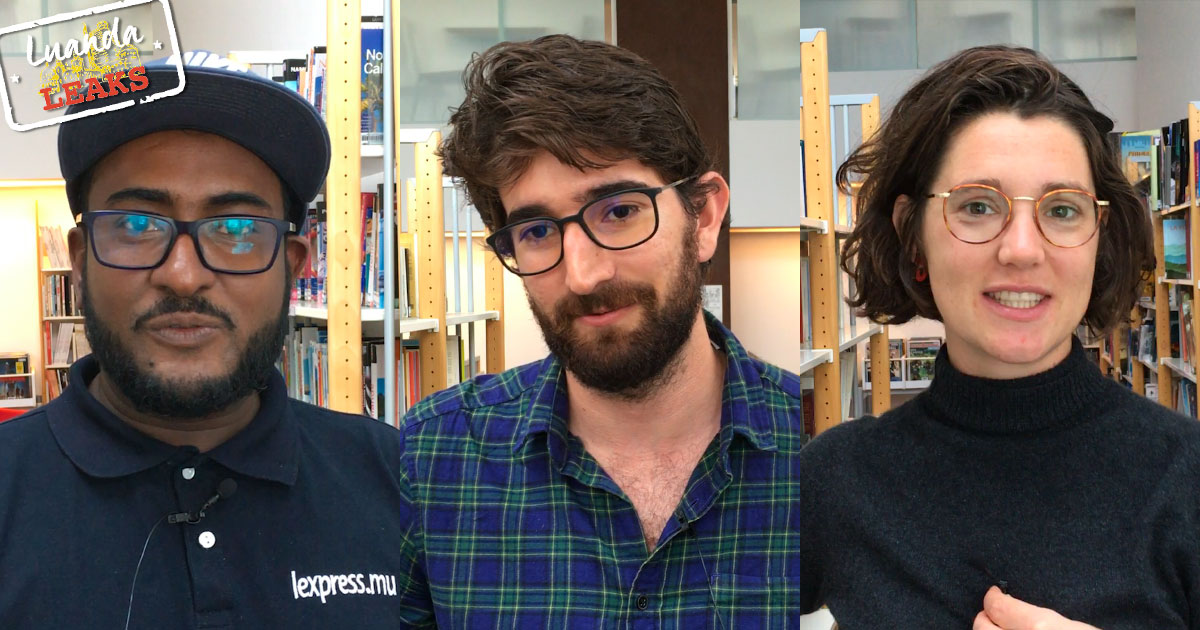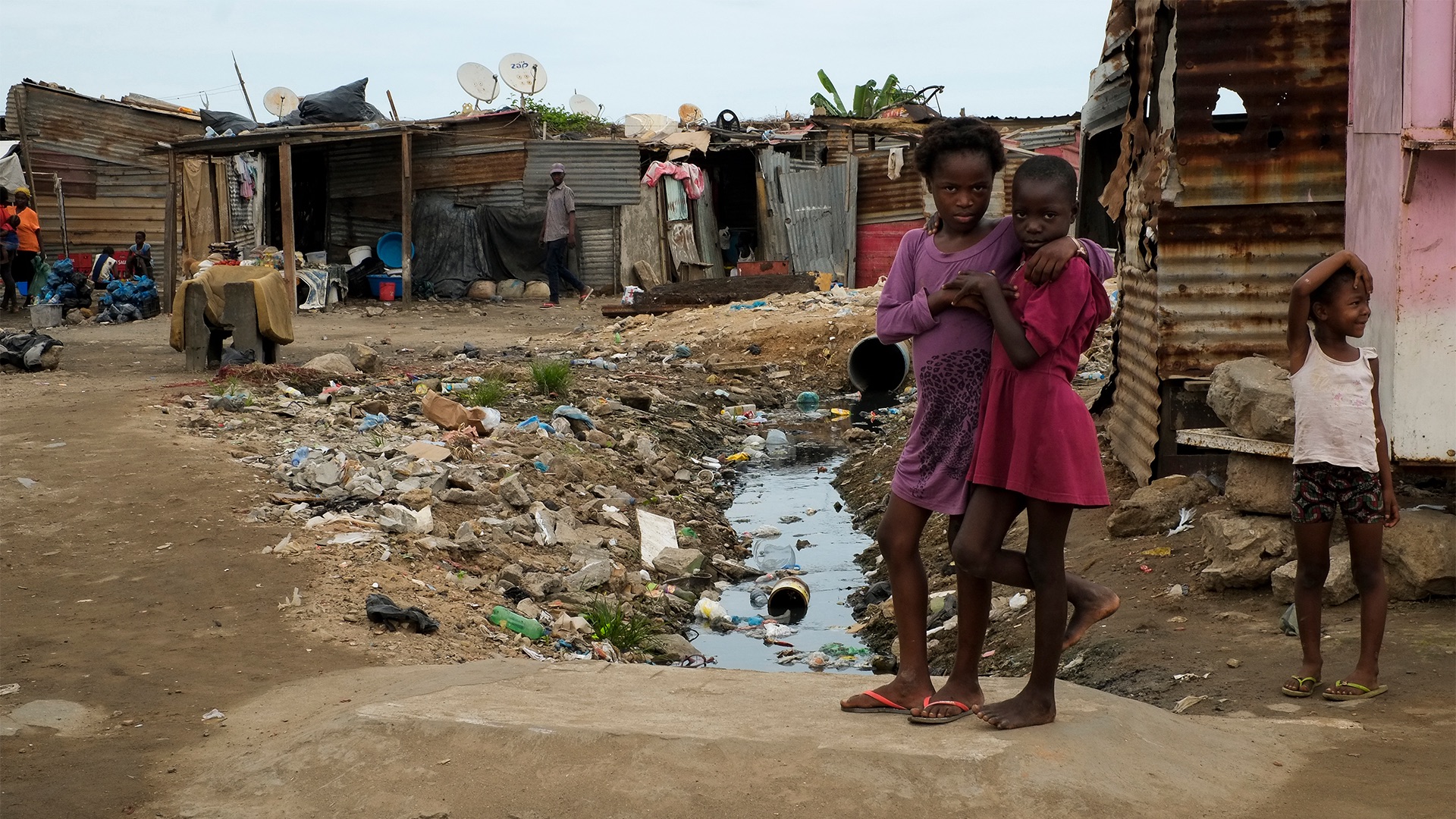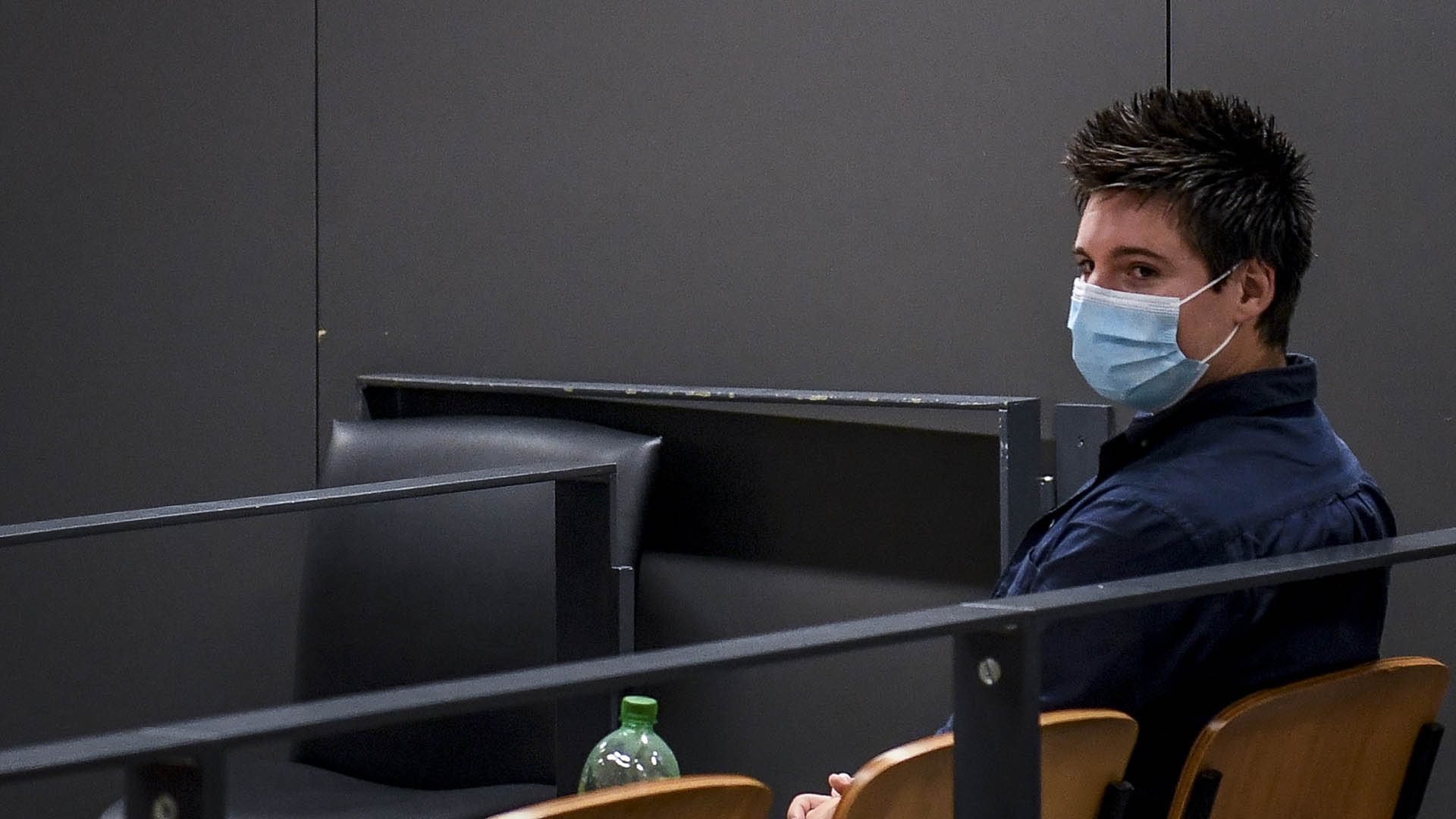A Swiss luxury jeweler famous for hosting parties at the Cannes Film Festival and linked to Isabel dos Santos, the billionaire who now faces fraud charges in Angola, has filed for bankruptcy.
Geneva-based de Grisogono, which Luanda Leaks documents reveal racked up huge debt even as it spent on lavish events, said it had looked for a new owner for months, without success.
“Without the financial support of the current shareholders, and without a buyer, the company’s solvency is now in question,” the company said in a statement released Wednesday.
The jeweler’s main shareholders are Sindika Dokolo, dos Santos’ husband, and Sodiam, the trading arm of Angola’s state-controlled diamond agency.
Luanda Leaks revealed that the deal to acquire de Grisogono was enormously favorable to Dokolo, giving him full management control even as Sodiam pumped more than $120 million into the company. Much of that money was borrowed from a bank dos Santos partly owns.
By the time Sodiam pays off the loans, it will have lost more than $200 million, officials told ICIJ media partners last October.
Sodiam did not immediately respond to a request for comment. The Angolan government estimates that losses from the jewelry business and other joint ventures between the state and dos Santos and her husband amount to $1.1 billion. In December, authorities froze the couple’s Angolan assets in the hope of recovering part of the sum.
De Grisogono was one of many dos Santos-linked companies whose inner workings were exposed in Luanda Leaks, an investigation by the International Consortium of Investigative Journalists and 36 media partners that shed light on how the daughter of Angola’s former president amassed a fortune through public contracts and insider deals while her father ruled the country.
Dokolo recently told media outlets he had filed a case against Sodiam in a London arbitration court accusing the state agency of destroying the value of his investment in de Grisogono.
“If you are selling a car you don’t say in the advert that it is broken down and it needs to go to the garage. You would have completely destroyed the value,” he said in an interview with a British media outlet last year.
Through his lawyers, Dokolo told ICIJ that he had invested more than $115 million in the jeweler and claimed that de Grisogono’s performance had “steadily improved” between 2012 and 2017 “through an extensive business turnaround process.”
The Luanda Leaks documents tell a different story. They show that de Grisogono went further and further into debt under its new owners even as it continued to throw parties for celebrities and Hollywood stars.
Sodiam announced its intention to get out of de Grisogono in 2017 after dos Santos’ father stepped down and Angola’s new president began to revoke deals seen as favorable to the dos Santos family.

As of mid-January, the company was still up for sale.
In Switzerland, de Grisogono has debts worth $1.4 million with its subcontractors, particularly watchmakers, Tamedia, an ICIJ partner, reported. “Before, they always paid, but now they don’t have any money left,” one of the creditors, who launched legal proceedings against the company in 2019, told the Swiss newspaper.
If Swiss authorities accept de Grisogono’s bankruptcy petition, all 65 employees will be laid off, the company said in today’s statement.
De Grisogono was founded in the early 1990s by Fawaz Gruosi, a jewelry designer known for creating bold, colorful pieces for the world’s elite. Under the ownership of Dokolo and Sodiam, Gruosi stayed on as creative director and designed de Grisogono’s most famous necklace, featuring Angola’s largest emerald-cut diamond, which sold for nearly $34 million at a 2017 auction.
Gruosi left the company in early 2019 because the work environment had become “stressful and unpleasant,” he told ICIJ.
In response to the Luanda Leaks investigation, Dokolo and dos Santos have denied any allegations of wrongdoing and said they’re the victims of political persecution.







